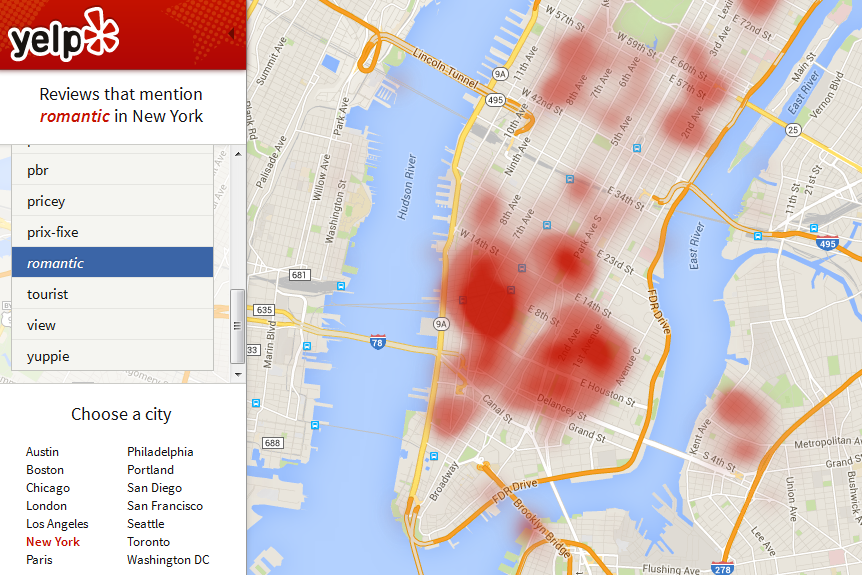Data Is The Way To Go
Everyone keeps talking about data; its great value, utility, and the many benefits it offers. However, to many people all those might just seem like abstract concepts. That's why we want to show you what data means in real life: data to help, data to increase efficiency, and sometimes data just to amuse. We point out use cases where data science helped someone to solve a unique problem or to solve a very old problem in a unique way. We will demonstrate that data can help individuals, communities, as well as corporations and governments. It's not a universal solution to everything, but it is right up there :)
Data can watch your health!
As amount of data grows and sophistication of algorithms increases, there are more and more areas of our lives, where machines dominate mental power of humans. Healthcare and medical diagnosis was one of the fields traditionally accredited quite a bit to human intuition and experience. With real lives at stake there is much bigger hesitance towards the transformation to fully automated solutions than in other industries with much lower direct consequences for each action.
Nevertheless, lot of experience (learning) and attention to detail (perception) can be substituted very well by data driven systems. This trend is clearly demonstrated by the amount of venture capital flowing into medical technologies in recent years (see below).


Digital health funding snapshot. Source: http://blogs-images.forbes.com/theapothecary/files/2015/01/Startup-Health.png
Ginger.io, as only one of many examples, is a startup company specializing in disrupting the way mental diseases and depressions are tackled in medicine. By heavy use of smart phone sensory data, self reporting of moods, and data science, they build predictive models to identify people who need help and provide personalized, affordable and accessible treatment by partnering with different medical providers. People can try out different treatments, track improvements and seek help as they need.
This is just one of existing examples, for more data science startups in healthcare click here.
Data can make you safe!
When thinking about data and security, most minds wander to privacy violations and data leaks. However, there are also positive connections between these two words to keep in mind. Data is being used for improving safety of people from different elements.
More than few companies and government agencies use data science to cope with natural disasters. For example, Kat Risk develops high-precision models of risk from weather-related catastrophes (e.g., flooding, wind damage). This can provide early warning and sufficient time for appropriate reaction.
Data also helps to protect people from other people and sometimes even from unjust system. A startup company Bail Bonds is using data science to evaluate the risk of providing a loan for bail money, incorporating the risk of violation of terms of release. Even though this kind of modeling carries inherent risk of bias and should be in our opinion deployed only as human assisted system at this stage, the potential is enormous.
Data can save our environment!
One of the less obvious areas, where data can be helpful, is nature protection. Nevertheless, even here, data analytics are being used heavily to fight imbalance in environments, extinction of rare species or overpopulation of pests. As an example, Quantitative Analytics works in conjunction with a number of agencies, including NOAA, to improve wildlife management in the Pacific Northwest. For example, one of their projects involves modeling the effects of habitat restoration on salmon population, so they can optimally direct habitat restoration efforts.
Data can make old-school fields more efficient!
Although data science and use of data in general is mostly associated with tech companies and internet environments, the capabilities extend far beyond these fields. One of the most interesting and impactful uses of data is to optimize fields and industries, which are traditionally not digital at all.
As number of people working in agriculture decreases over time (as is shown by the graph below), it is increasingly important not to waste any resources still available. Interesting application of data analytics in this area is FallingFruit.org, which combines publicly available data from U.S. Department of Agriculture, foraging maps and street tree databases to provide an interactive map to inform people, when it is the right time to walk around their neighborhood to pick some fruits. It reminds people as well as municipalities themselves that fresh fruit might be available very close to them (and might go unused). Nowadays, it is just easier to find this kind of information online.


Graph: Employment by sector. Source: http://continuations.com/post/34412088815/thinking-about-employment
Another great example of industry fundamentally thought of as non-digital is postal service. Although we got used to data making its way in our postal deliveries through package tracking, there is much more added value that data brings to logistics. UPS is a leader in this area with data driving everything from scheduling and route optimization all the way to delivery truck maintenance.
Data can help you learn!
With everything around us advancing at rocket pace, lot of people (young and old) find themselves struggling to keep up. Especially the notion of lifelong education gets a whole different meaning at the pace of current development.
Luckily, data is being heavily utilized even in the area of life and education technology (or EdTech) which is becoming a booming industry. With the wide spread phenomenon of MOOCs (Massive Open Online Courses), education from the best sources is available to anyone around the world. The two biggest providers (Coursera and edX) leverage data heavily to optimize the learning experience, make it more efficient and even prevent cheating, so your hard-earned certificate doesn’t lose its perceived value.
Another example are language learning services like Duolingo, which are gamifying the entire (once painful) process of learning a new language. You can find yourself revising words and sentences, which are giving you hard time, as determined by the system, just so you can unlock lessons with slang expressions or collect more points than your buddy from high school.
Data can be used for fun!
Last but not least, what would our life be without fun. We can spend a lot of time, effort and other resources for things, which are seemingly unimportant and serve only for our amusement.
One of the cool examples is travelling with plenty of apps and tools available to help you get the most out of your vacation time. Do you want to travel to Paris, but you hate tourists crawling everywhere around you? Yelp.com provides a neat service called Word Map, allowing you to search major cities by words occurring in the reviews. Locations with higher concentration are plotted in darker red and you can either avoid them or emerge yourself in the sea of clicking cameras and overpriced attractions.
If fun for you means sports and nature, you might encounter data helping you even without youknowing about it. There are ski Resorts that are using Big Data analytics to track your movement on the ski slopes, so you don’t have to wait for your run or snack in the closest AprésSki. Some companies even allow you to share your daily performance on your favorite social network or have a competition to become the most dedicated skier of the season. You might be also getting secretly persuaded to come back to your favorite ski resort next year and not to switch to the competition in the next valley.
There is no disillusionment on our side of data being used only for noble and helpful purposes. We realize, that majority of data science resources today are used simply to make advertising more personalized so people click on it more often (whether this is wrong or not is for a separate discussion). What we tried to show you is that you don’t need to be a big company or work in specific field to use data to your advantage. Furthermore, all kinds of data can be used for a noble purpose (even though it might not be the most profitable one :) ) as long as there are people with such purpose. So don’t be shy and KNOYD.
Future is Data!
Sources:
http://www.fastcompany.com/most-innovative-companies/2014/industry/big-data
http://blog.dominodatalab.com/10-interesting-uses-of-data-science/
http://blog.udacity.com/2014/12/4-times-data-science-saved-day_3.html
https://blog.pivotal.io/big-data-pivotal/features/20-examples-of-roi-and-results-with-big-data


